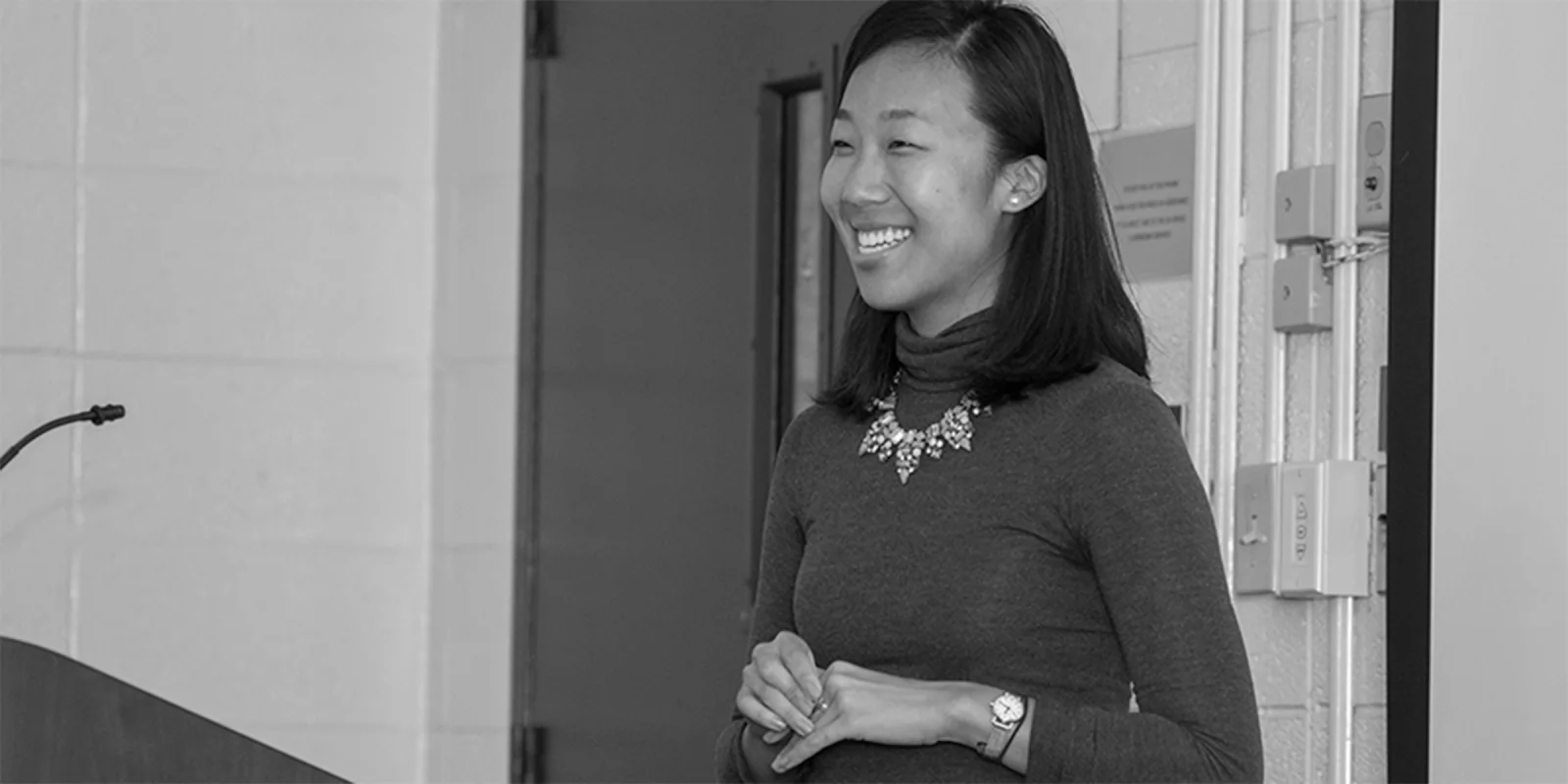
Every year during the month of May, Asian Pacific American Heritage Month honors the history and contributions of Asians and Pacific Islanders in the U.S. According to the U.S. Census Bureau, there are an estimated 22.1 million people living in the U.S. who identify as Asian. And, a significant portion of the American health care workforce is Asian: for example, 17.1% of all active physicians and 7.5% of all registered nurses. Doximity interviewed Dr. Sojung Yi, MD, an emergency medicine resident at the University of California San Francisco, on her intersectional Korean American experiences, and how her Asian identity has informed her medical training and practice.
Doximity: To start off, how do you identify? What’s your background?
Dr. Sojung Yi, MD: My parents are Korean but I identify as Asian American in the broadest sense. I was born in Seattle and also lived in Seoul when I was younger. My parents made the decision to move my sibling and me there so we could have exposure to our heritage. So I speak Korean but mainly grew up in the States.
Dox: And what was your path into medicine? Were there physicians in your family?
SY: Unlike the typical Asian stereotype my parents were kind of against me going into medicine. There are no physicians in the family. I think they thought it was going to be hard so it was kind of a path I picked for myself. I didn’t really feel that Asian stereotype of feeling pressured to go into medicine as much.
Dox: What aspects of your heritage have impacted your medical education and training?
SY: It’s more that larger immigrant family story. I saw firsthand how hard my parents worked, how much they sacrificed for me to be able to access education and opportunity. Every chance to read, play sports or music, or explore was a luxury I didn’t take for granted, ever. Looking at my dad after a long day of work was always a reminder that my freedom to learn was very hard-earned. And, I was lucky to have teachers that shaped me to care about not just my local community, but also beyond my backyard. To see diverse walks of life abroad, and poverty and disparity play out in different contexts. It would ultimately be those complex global health challenges that would pull me into medicine.
I became interested in medicine because health is such a basic, immutable layer of our lives. It impacts every other aspect of our living. But growing up, no one around me was a doctor. We only ever went to a doctor to get forms filled out for school. I imagined what it would be like [to be a doctor] from books that I read. Then my mother developed breast cancer when I was in high school. Her relationship to her care was my first glimpse into the tension between Asian medicine and Western medicine [from witnessing] how she understood her diagnosis and navigated the health system. She got completely isolated because of language and cultural barriers.
I want to highlight that Asians are a beautifully large and diverse population with incredible health disparities and inequities that are just not well-researched by sub-group. As an aggregate, Asians in America do appear healthier than non-Hispanic whites. But when disaggregated, there are clear disparities that need targeted solutions crafted with cultural humility. I happen to have an intimate view of my own family’s experience with health care which means when I meet patients I’m very keenly aware of their backgrounds. Everyone comes in with their preset beliefs and conceptions about health, Asian or not. There is a very specific, delicate patchwork of beliefs that inform a patient’s decision to seek care or not, and how.
Dox: Thank you for sharing. I like that you’re able to tie your mother’s experience in with your patients. Did you find community throughout your education and training from fellow Asians in medicine?
SY: I think I found the most allies in groups that were also fighting for health equity and justice. In medical school, my closest friends and I organized for White Coats for Black Lives and protested for the Black Lives Matter movement. I went to medical school at George Washington in D.C. so we were a couple blocks away from the [National] Mall and the White House, and as the national movement was galvanizing, we were passionate about making sure we were there. Health equity and justice is so intersectional. I was also close with Asian and global health mentors. I learned the importance of disaggregated data and how it’s not just about practicing cultural humility because it’s hard to know what that means unless you’ve had personal experiences and relationships that give you insight into that culture. Moving to San Francisco was very intentional for me. I felt it was time to return to the west coast and speak up for Asian Americans, and especially immigrant families. I know my experience being Korean is totally different from being Filipino, Vietnamese, Indian. But I think there is power in being able to speak up for each other.
This interview was conducted by Angelica Recierdo, MS, BSN, Doximity Editor.






